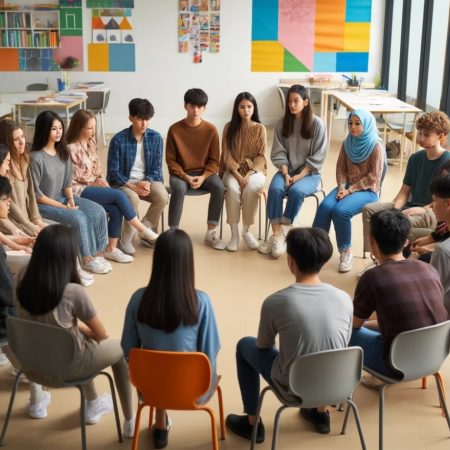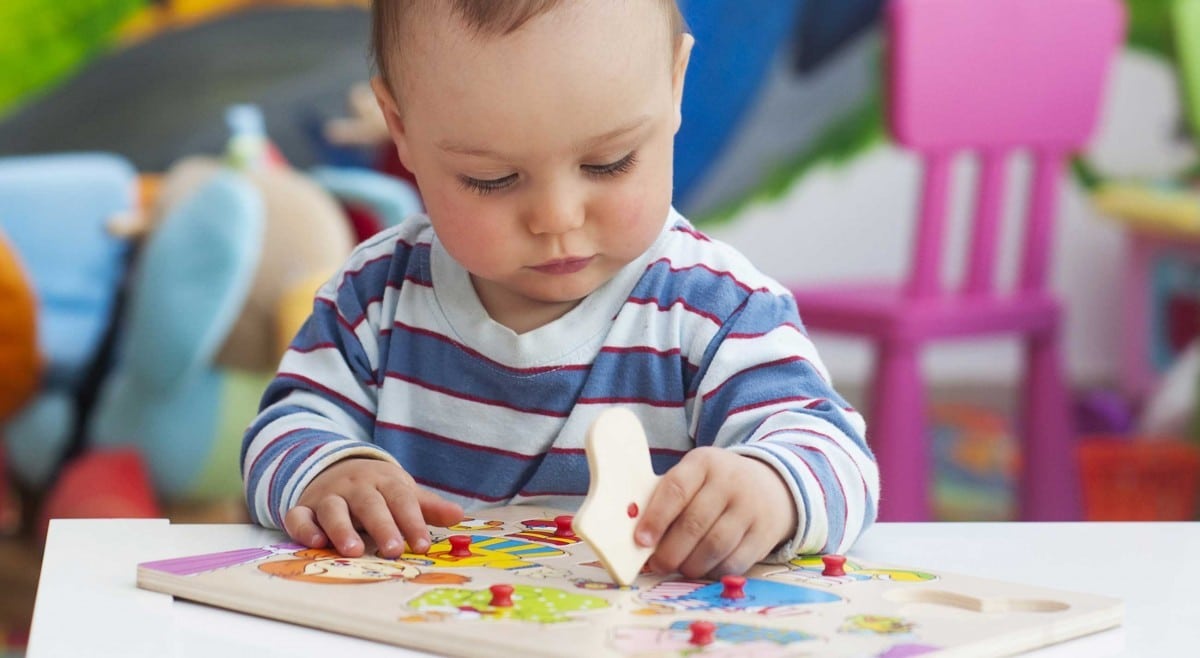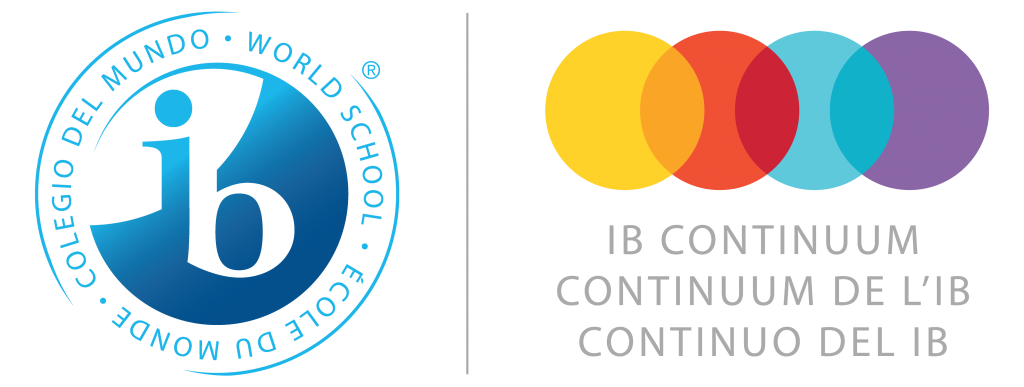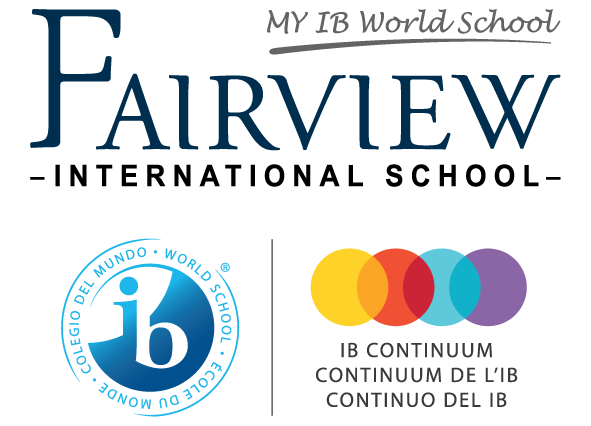Mrs. Andi stood at the entrance of her new international school in Kuala Lumpur, a blend of excitement and trepidation swirling in her heart.
The modern campus, equipped with the latest technology and resources, seemed like the perfect environment for fostering learning.
However, as the school year progressed, she noticed a troubling trend.
Despite the excellent facilities and innovative teaching methods, the secondary school students, particularly those in the Middle Years Programme, seemed withdrawn and reluctant to participate fully. Many preferred to hide behind their devices, posting anonymously rather than engaging openly.
It became clear that her students were grappling with a fear that overshadowed their academic potential: the fear of being seen.
The Invisible Generation
Our children today are growing up in a world where social media, peer pressure, insecurities, and even overly critical educators and parents have contributed to a pervasive sense of low self-confidence.
They fear judgment, ridicule, and failure, which makes them retreat into the anonymity of their screens.
According to a study by Common Sense Media (2016), 50% of teens feel addicted to their mobile devices, and 59% of parents believe their kids are addicted too. This addiction isn’t just to the devices themselves, but to the safety they provide from being truly seen and judged.
A Principal’s Journey: Mrs. Andi’s Story
Determined to change this, Mrs. Andi embarked on a mission to create an environment where her students felt safe and valued.
She understood that the courage to be seen starts with feeling seen.
At her private secondary school in Kuala Lumpur, she implemented three key strategies to help her Middle Years Programme students overcome their fears:
Building Inter-Student Relationships
Mrs. Andi introduced a buddy system where older students mentored younger ones, thus establishing a supportive community. She also organised team-building activities that emphasised collaboration over competition.
According to a study, students who participated in peer support programmess reported a 30% increase in self-esteem and a 20% decrease in feelings of isolation (Wentzel, 2009).

Fostering a Culture of Safety and Non-Judgmental Communication
She established open-door policies for her office and encouraged teachers to practice active listening. Weekly “circle time” sessions were introduced where students could share their thoughts and feelings in a safe, non-judgmental space.
Research found that supportive communication can reduce anxiety by 20% and increase positive emotional states by 25% (American Psychological Association, 2014).

Modelling the Way
Mrs. Andi understood the power of modelling. She trained her teachers to not only teach but also to demonstrate confidence and authenticity. They were encouraged to praise effort and personal qualities rather than just achievements.This approach is supported by Bandura’s theory of observational learning, which shows that children learn by watching the behaviours of adults around them (Bandura, 1997).
Implementing this strategy, Mrs. Andi noticed a 15% increase in student participation and a 10% improvement in academic performance within the first semester.

Understanding Value Beyond Grades and Fees for International Schools
Mrs. Andi’s approach shows that educators don’t just teach content, they nurture identity and confidence.
While international school fees in Malaysia is a factor of consideration, many parents find value in an institution’s commitment to student well-being and personal growth, which are often just as critical as academic achievement.
The Transformation
The impact of these strategies was transformative. The school’s atmosphere became more inclusive and supportive. Students started to come out of their shells, participating more in class and forming meaningful connections with their peers and teachers.
The benefits were clear:
- Enhanced Emotional Well-Being
Students had more confidence and were less anxious. The supportive environment allowed them to express themselves without fear of judgment, leading to improved mental health. - Increased Academic Engagement
With the fear of being judged reduced, students engaged more actively in their learning. This led to better academic outcomes and a greater willingness to take on challenges. - Stronger Community Bonds
The school became a close-knit community where students felt they belonged. This sense of belonging is crucial for their overall development and success.
Conclusion: Building the Courage to Be Seen
Mrs. Andi’s journey at this Malaysian private secondary school is a testament to the power of creating a supportive and inclusive environment.
By building authentic inter-student relationships, fostering a culture of safety and non-judgmental communication, and modelling positive behaviour, she helped her Middle Years Programme students build the courage to be seen.
The transformation was not just in the students but in the entire school community. The emotional relief and the feeling of success were palpable, and the positive changes were reflected in both academic and personal growth.
Ready to support your child’s confidence and growth?
Similar to Mrs. Andi’s success, Fairview’s approach to education goes beyond textbooks. We adopt a strong value-for investment model that prepare our students for life with courage, character, and connection.
Reach out to Fairview today to learn more about our international school fees, IB curriculum, and what makes us a one of the best private schools in Malaysia.
“Authenticity is the daily practice of letting go of who we think we’re supposed to be and embracing who we are.” Brené Brown
John Doe
References
- American Psychological Association. (2014). The Importance of Teacher-Student Relationships for Adolescents’ Mental Health. Retrieved from APA.
- Bandura, A. (1997). Self-efficacy: The exercise of control. W.H. Freeman.
- Common Sense Media. (2016). The Common Sense Census: Media Use by Tweens and Teens. Retrieved from Common Sense Media.
- Wentzel, K. R. (2009). Students’ relationships with teachers as motivational contexts. In K. R. Wentzel & A. Wigfield (Eds.), Handbook of Motivation at School. Routledge.











